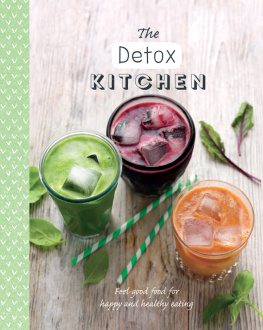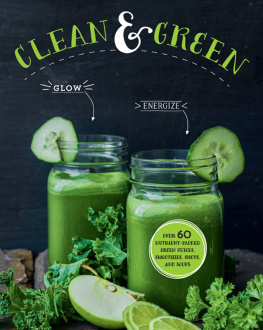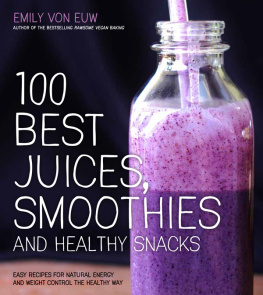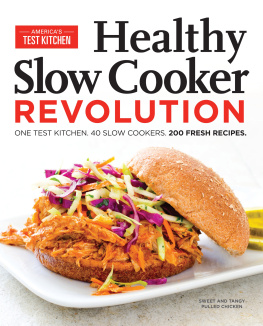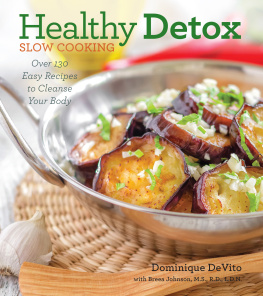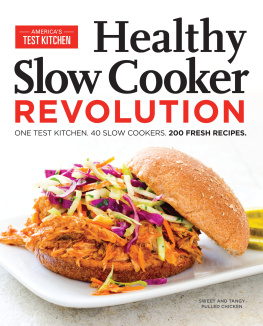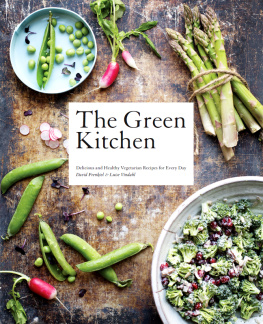

This digital edition published by Parragon Books Ltd in 2016 and distributed by
Parragon Inc.
440 Park Avenue South, 13th Floor
New York, NY 10016
www.parragon.com/lovefood
LOVE FOOD is an imprint of Parragon Books Ltd
Copyright Parragon Books Ltd 2016
LOVE FOOD and the accompanying heart device is a registered trademark of Parragon Books Ltd in the USA, the UK, Australia, India, and the EU.
All rights reserved. No part of this publication may be reproduced, stored in a retrieval system, or transmitted, in any form or by any means, electric, mechanical, photocopying, recording, or otherwise, without the prior permission of the copyright holder.
ISBN 978-1-4723-8639-7
10 9 8 7 6 5 4 3 2 1
New recipes and introduction by Judith Wills
Cover and new recipe photography by Tony Briscoe
NOTES FOR THE READER
This book uses standard kitchen measuring spoons and cups. All spoon and cup measurements are level unless otherwise indicated. Unless otherwise stated, milk is assumed to be whole, eggs are large, individual fruits and vegetables are medium, and pepper is freshly ground black pepper. Unless otherwise stated, all root vegetables should be peeled prior to using.
The times given are only an approximate guide. Preparation times differ according to the techniques used by different people and the cooking times may also vary from those given. Please note that any ingredients stated as being optional are not included in the nutritional values provided. The nutritional values given are approximate and provided as only a guideline; they do not account for individual cooking skills, measurement equipment, and portion sizes. The nutritional values provided are per serving or per item.
While the publisher of the book and the original author(s) of the recipes and other text have made all reasonable efforts to ensure that the information contained in this book is accurate and up to date at the time of publication, anyone reading this book should note the following important points:
* Medical and pharmaceutical knowledge is constantly changing and the author(s) and the publisher cannot and do not guarantee the accuracy or appropriateness of the contents of this book;
* In any event, this book is not intended to be, and should not be relied upon, as a substitute for appropriate, tailored professional advice. Both the author(s) and the publisher strongly recommend that a physician or other healthcare professional is consulted before embarking on major dietary changes;
* For the reasons set out above, and to the fullest extent permitted by law, the author(s) and publisher: (i) cannot and do not accept any legal duty of care or responsibility in relation to the accuracy or appropriateness of the contents of this book, even where expressed as advice or using other words to this effect; and (ii) disclaim any liability, loss, damage, or risk that may be claimed or incurred as a consequencedirectly or indirectlyof the use and/or application of any of the contents of this book.

WHY DETOX YOUR DIET?
Most of us are aware that health and well-being are strongly linked with what we eatand with what we dont eat. Many minor, and more serious, illnesses and everyday health problems can be prevented, improved, or even eliminated by choosing the right diet. For example, two of the major health issues of today, obesity and type-2 diabetes, are closely linked with food intake, and heart disease, many types of cancer, arthritis, and dementia are all thought to be at least in part affected by diet as well.
Research continues to prove that day-to-day energy, vitality, mood, and brain function can be improved through food choices. Our appearance can also be enhanced by what we eat or choose to avoid. Healthy skin, hair, eyes, gums, and nails are largely dependent on a good diet.
Despite all these fantastic potential benefits for choosing a healthy diet, many people still feel that making the necessary changes will be too hard. One reason may be because, for many years, the term detox has been used to describe a process of rethinking what we eat and drink in order to cleanse our bodies, in particular, the liver and digestive system.
For many people, the term detox indicates drastic, short-term changes, usually combined with a particularly low intake of calories. The idea of a detox diet can seem extreme and something that you would want to avoid doing for any length of time.
However, this book sets out to show you a different, more gentle and user-friendly way to cleanse your body and to rethink the way you feel about detoxing. This method is better for the body and provides a more healthy diet to give it the best possible chance to feel healthy, revitalized, toxin-free, and running at optimum efficiency.
The recipes in this book are all easy to follow and the ingredients are easy to find, being widely available in most supermarkets or health food stores. The results are designed to delight your taste buds, satisfy your appetite, and provide an exciting variety of flavors and textures. Most of the recipes are extremely family-friendly, so all of the family can enjoy the benefits of this clean way of eating, without having to make separate detox meals for one person.
The detox lifestyle that you will enjoy here is something you canand will want tofollow every day for the rest of your life. It is not restrictive or boring, but contains meals that you will look forward to making and experimenting with. Because the ingredients are often healthy, there is no need to feel hungry either, unlike with other diets.

WHAT IS A DETOX DIET?
Our detox recipes avoid using certain ingredients that are most often linked to causing adverse reactions within our bodies as well as health and well-being problems. The foods this book avoid are:
WHEAT AND OTHER GLUTEN-CONTAINING GRAINS
While only a small percentage of people have celiac disease, a serious allergy to gluten, the number is growing and people who experience nonceliac gluten sensitivity (NCGS) have similar symptoms. Other people show sensitivity to wheat. A diet high in wheat and refined grains has also been linked with obesity and high blood sugar levels.
REFINED SUGAR
Numerous studies from across the world have found a link between refined sugar consumption and obesity, diabetes, poor dental health, and cardiovascular disease. The World Health Organization (WHO) recently recommended a drastic reduction in our refined sugar intake.
DAIRY FOODS
Two-thirds of the adult population of the world cannot digest lactose, a component of dairy milk, properly, according to the U.S. National Library of Medicine. Cow milk consumption has also been linked to acne, some cancers, inflammation, and other health problems.
PROCESSED FOODS
Foods that have gone through an intensive manufacturing process tend to contain unhealthy additives, as well as being high in salt, sugar, fats, and potential toxins.
ALCOHOL
Long-term or high intake of alcohol can cause high blood pressure, heart disease, strokes, liver disease, and digestive problems, as well as depression, insomnia, dementia, and many other health issues.

